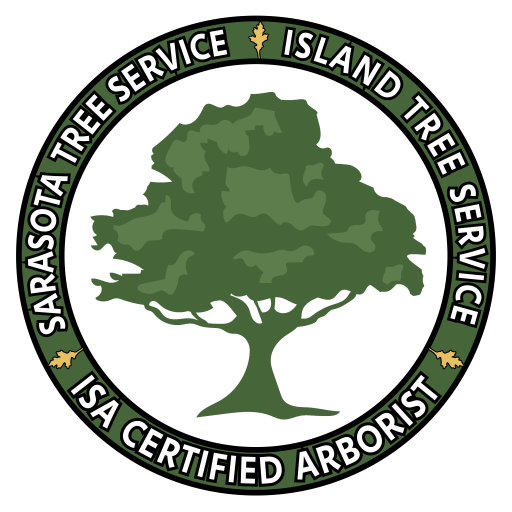How Can Hurricanes Affect Trees And Shrubs In Florida?

Yes, ivy or other climbing vines can be harmful to the health of trees in Florida. Here are some reasons why:
Competition for resources: Ivy can compete with trees for essential resources such as water, nutrients, and sunlight. It covers the tree’s trunk and branches, limiting their exposure to sunlight and inhibiting the tree’s ability to photosynthesize. As a result, the tree may become weakened and have reduced growth.
Increased weight and wind resistance: Ivy adds additional weight to the tree, especially when it becomes dense and mature. This extra weight can make the tree more susceptible to wind damage during storms or hurricanes. The combination of heavy vines and strong winds can cause branches to break or the entire tree to uproot.
Physical damage: As ivy climbs and attaches itself to the tree, its tendrils can penetrate the bark and create wounds. These wounds can provide entry points for pests, diseases, and decay-causing organisms. Once the bark is compromised, it weakens the tree’s natural defense mechanisms and increases the risk of further damage.
Moisture retention: Ivy holds moisture against the tree’s trunk and branches, creating a damp environment. This prolonged moisture can lead to the development of fungal diseases, including rot and decay. These diseases can further weaken the tree and compromise its structural integrity.
Hidden issues: Ivy can mask underlying problems with the tree, such as cracks, splits, or signs of disease. The thick growth of ivy makes it difficult to detect these issues early, delaying necessary tree care or treatment.
To protect the health of trees, it is generally recommended to remove ivy or other climbing vines from their trunks and branches. Here are some steps to consider:
Start by cutting the ivy vines at the base of the tree.
Remove the ivy from the tree trunk and branches carefully, ensuring that the tendrils are completely detached.
Dispose of the ivy properly to prevent re-establishment or spreading.
Monitor the tree for any signs of damage, decay, or disease, and consult with a certified arborist if needed.
Remember to take precautions while removing ivy from trees, especially if working at heights or dealing with large trees. It may be advisable to seek professional assistance to ensure the safe and effective removal of ivy without causing harm to the tree or endangering yourself. Contact Sarasota Tree Service today at (941)484-1958 to set an appointment or visit www.sarasotatreeserv.com for more information.
